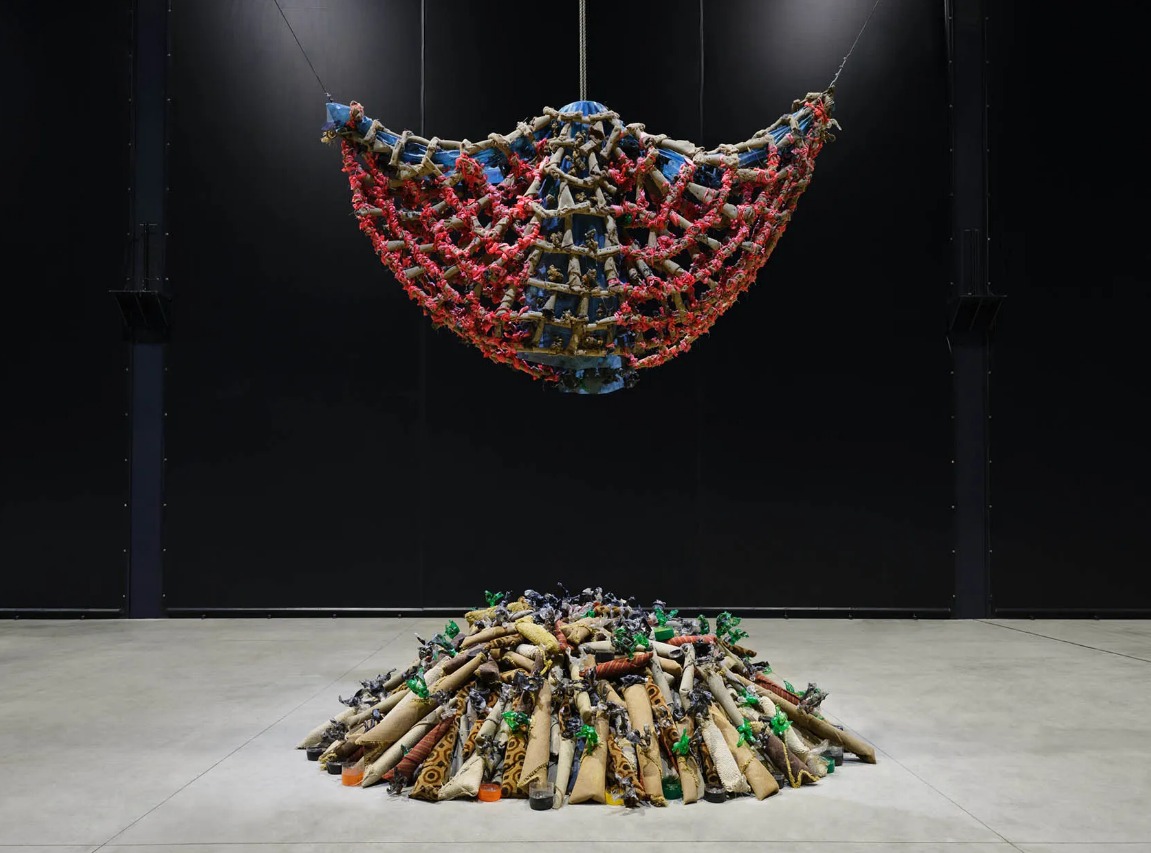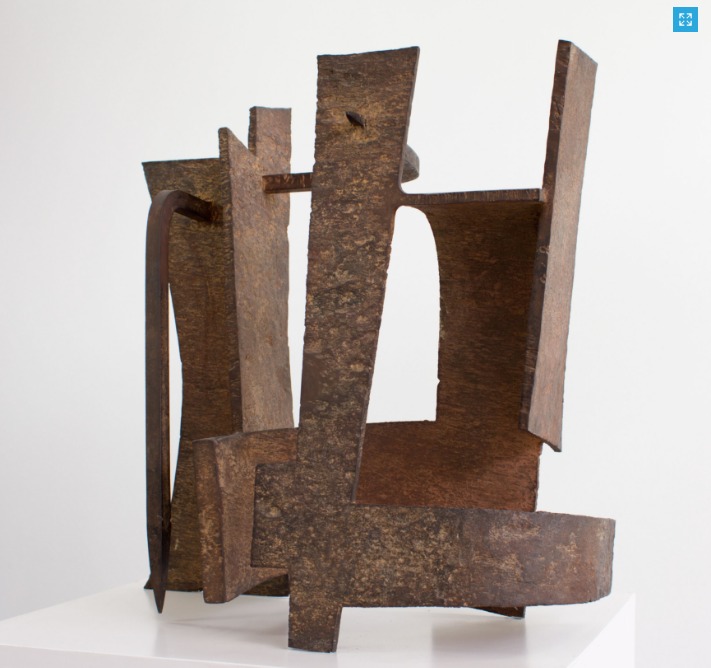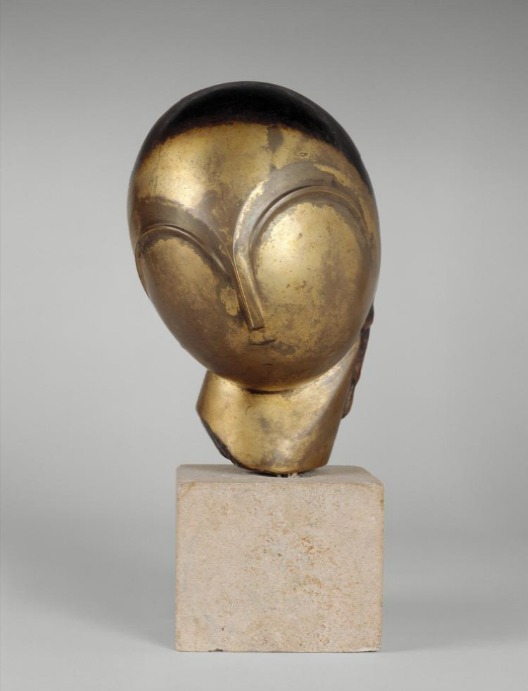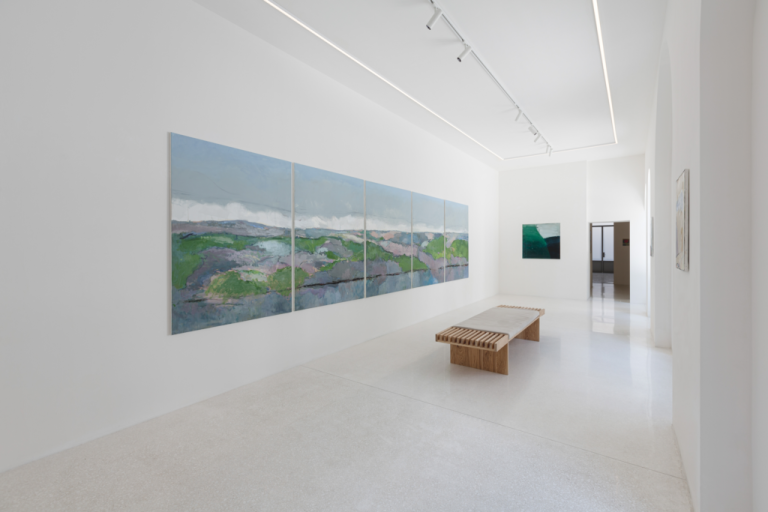Milan,
Five years ago, and just at this time, the Jamaican Nari Ward presented his first major exhibition in New York, at his New Museum: under the title “We the people”, he recalled that exhibition how his career began at the beginning of the nineties, when he began to devise pieces derived from the accumulation and reuse of enormous quantities of humble materials that alluded both to the popular traditions of his country and to the creative recycling practices that he knew in his childhood and youth, in addition to the textures of the most common construction elements in Harlem, where Ward lives and works.
Before starting his manual processes, this author investigates microhistories of specific places, sometimes separated by thousands of kilometers, to try to find unexpected connections between geographically distant and culturally different communities, paying attention to the tensions that are generated in each of them. between traditional habits and modernity. In addition to Jamaica, New York has been a fundamental source in these investigations, especially the aforementioned neighborhood of Harlem, which has provided both themes and raw material.
His earliest sculptures were made with elements collected from his streets or abandoned buildings; We are talking about baby strollers often used by homeless people to transport their belongings, fire hoses, baby bottles or shopping carts. Ward selected these objects for their connection with individual lives or neighborhood stories, for their possible metaphorical value and for the stories they could evoke in relation to an everyday life that is at once intimate, collective and urban.
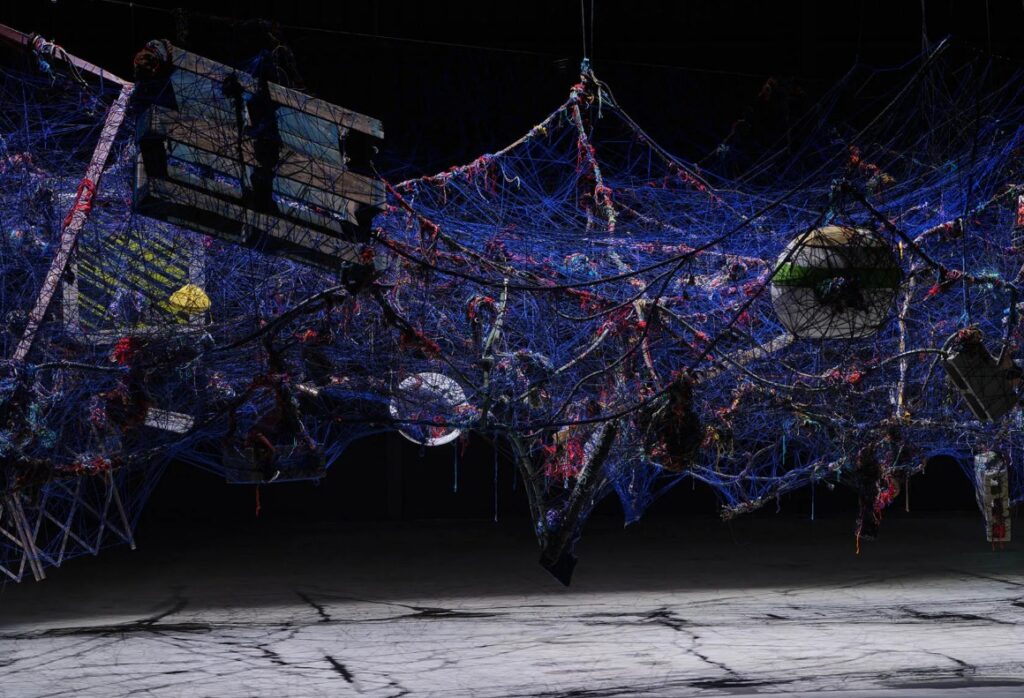
His production since those early nineties has evolved at the pace that Harlem and the newspapers set for it: it has been addressing complex political and social realities, tied to its time and whose implications are not only New York or American. In his work, beyond the technique he uses, we find references to the gentrification that his neighborhood has been subject to in recent decades and also to the current turbulent political state of the United States; It uses language and very diverse architectural resources and sculptural forms to reflect on the validity of racism or the exercise of power, on the empire of consumerism, the survival or not of national identities and the effects of migrations and, also, about historical memory and collective imaginations or about the sense of belonging to a community in the face of individualism in high hours. However, Ward does not seek to offer closed meanings in his works: the interpretations are intentionally left open so that the viewer, in their specific context, can feel appealed. The artist has perceived that in Europe and America we handle different perceptions, very frequently, of what these found objects transmit to us.
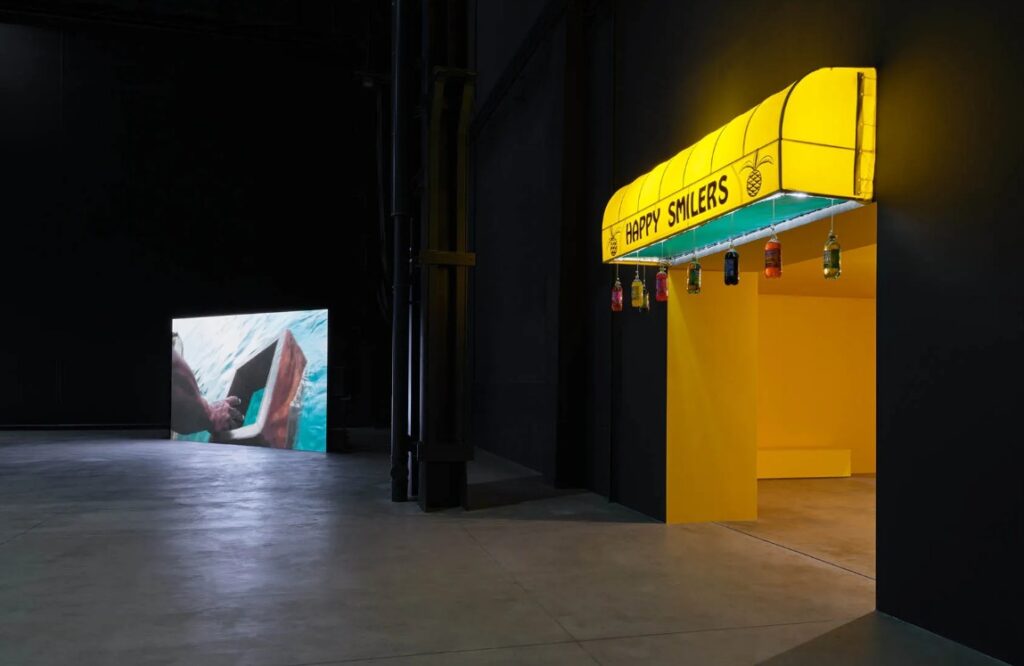
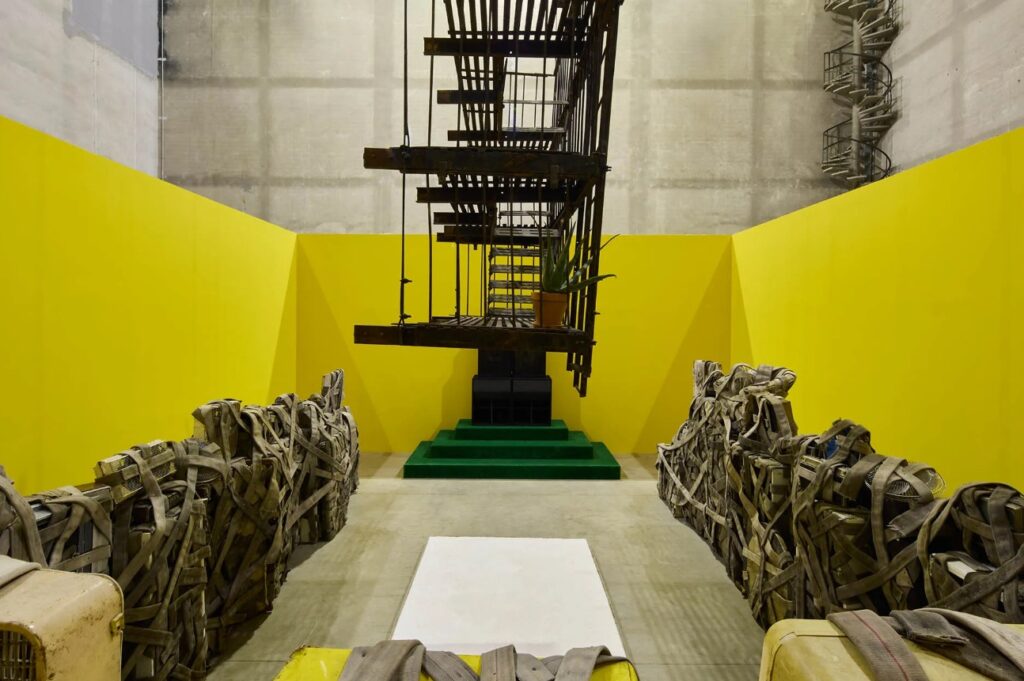
A selection of his projects, halfway between spirituality and conceptual purpose, between past time and contemporary and urgent issues, is on display until next July in Milan, at Pirelli HangarBicocca and under the curation of Roberta Tenconi and Lucia Aspesi . “Ground Break”, as this new anthology is called, emphasizes its performative proposals, those born from collaborations and those that imply a temporal dimension: these are videos, sound works, sculptures and installations dated throughout three decades; In some cases, we will also see recent productions.
The narrative axis of the tour is marked by the large-scale installations that this author originally created between 1996 and 2000 for the choreography, conceived for dance and theater, Geography Trilogy by Ralph Lemon, which was first seen at the Walker Art Center in 1997; we talk about Geography Bottle Curtain, Geography Pallets, Geography Bedsprings and Geography Temperature Curtain. Linked to territorial conflicts, coexistence between cultures and the long-term effects of colonialism, they are presented here in an exhibition environment for the first time since then: they will articulate a kind of new choreography when relating to the rest of the sculptures, videos and installations , and together with the visitors and their own movement; In addition, a program of performances and participatory actions has been developing accompanying the exhibition since last March (the next ones will take place on April 13, 14 and 21, May 5 and 19, June 9 and July 7).
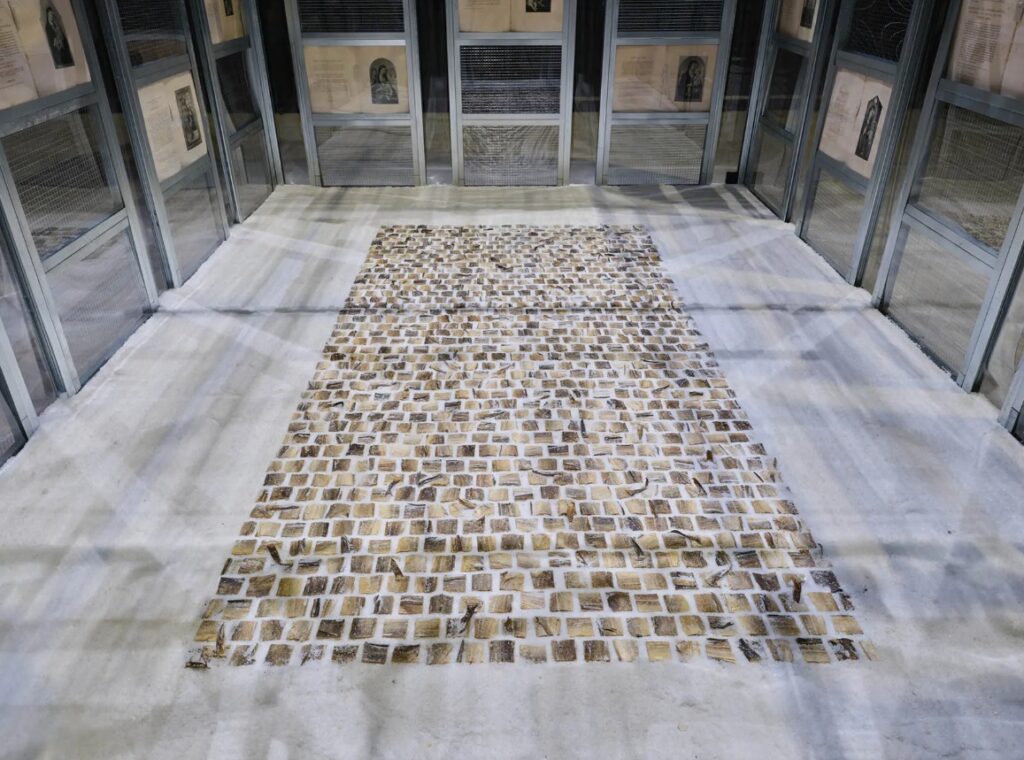
In the piece that gives the exhibition its title, dated this year and commissioned by the Milanese center, Ward is interested in the notion of a street monument as a device for devotional and spiritual exchange in relation to the collective memory of a community. It is a new and expanded version of a previous work of his, Ground (in Progress) (2015) – which consisted of around 4,000 copper-clad bricks arranged on the ground, composing an abstract pattern with symbolic meaning -, and by its name refers to periods of disturbance and change that seem unstable and precarious, but that can generate hope , alternative memories and new possibilities of existence; Perhaps this is the case in recent years.
Likewise, for the first time, three important videos in the Jamaican's career are shown together on LED screens: Father and Sons (2010), Jaunt (2011) and Spellbound (2015), relating to the artist's personal history, the colonial past, the sense of sacrifice and belonging or his understanding of social justice.
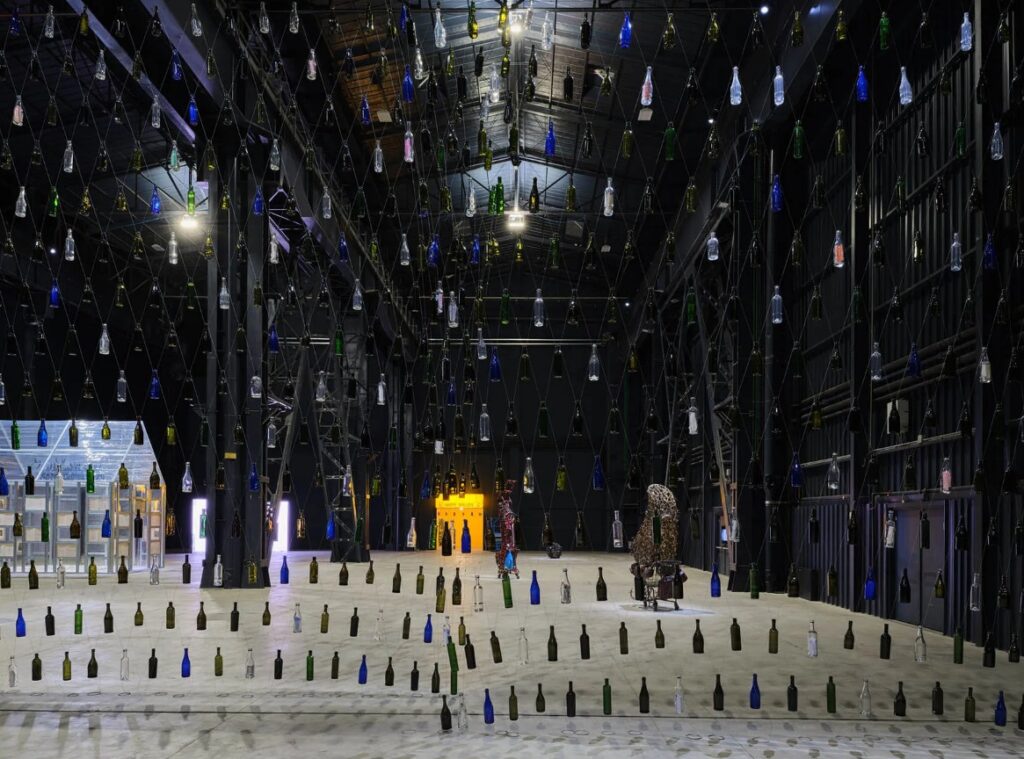
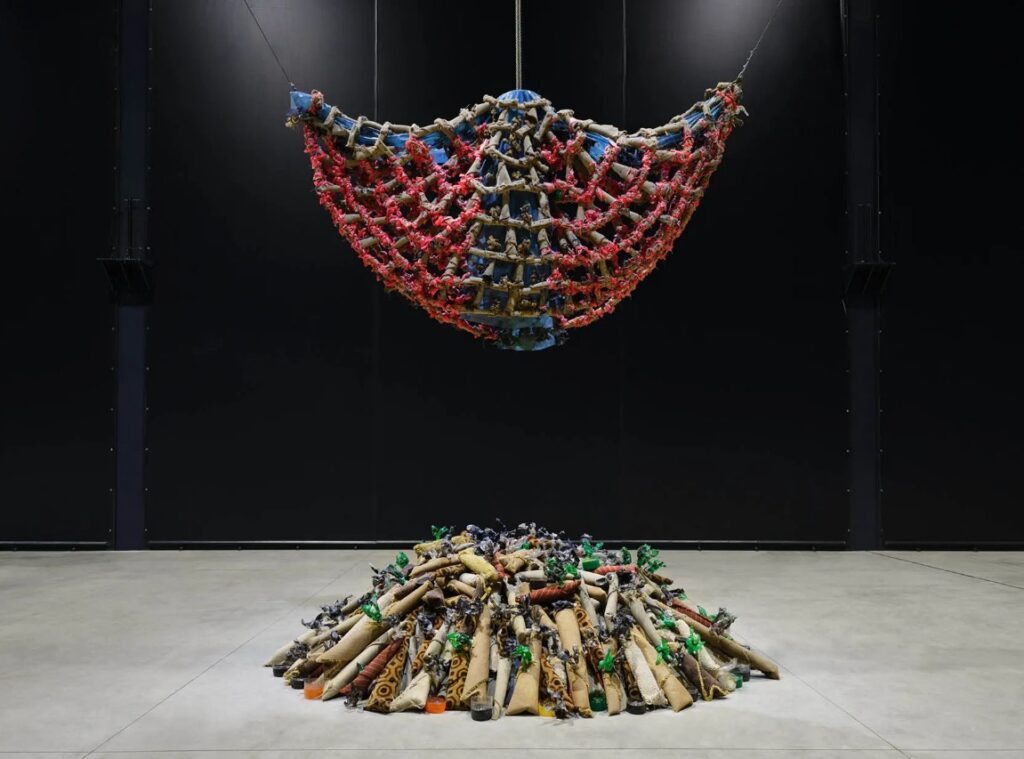
Nari Ward. “Ground Break”
PIRELLI HANGARBICOCCA
Via Chiese 2
Milan
From March 28 to July 28, 2024

